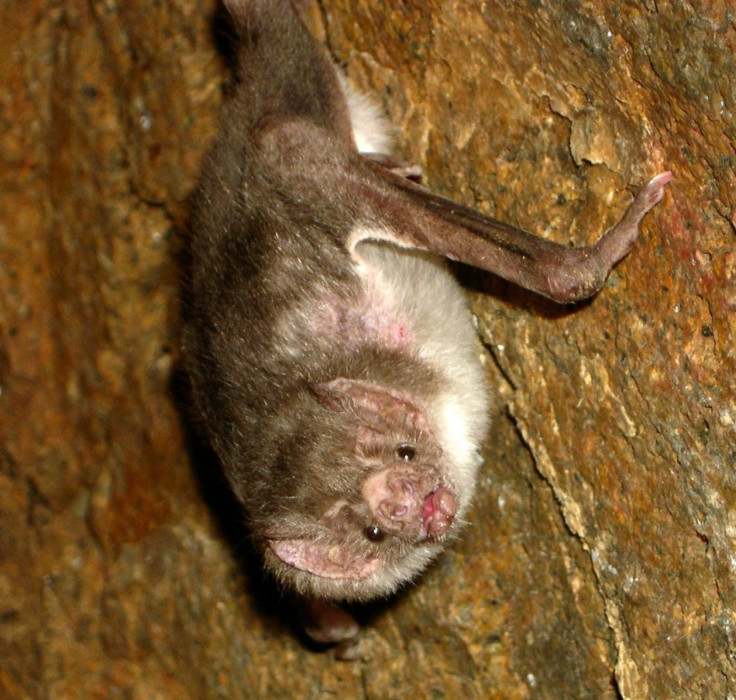Vampire Bats Use Sensors to Locate Veins: Study

Infrared sensors on a Vampire bat's lips allow it to locate blood vessels in their prey, scientists said. Vampire bats feed only on blood and need blood daily in order to live.
The nerves on their lips allow them to locate the blood vessels nearest to their prey's skin, increasing efficiency.
Bats, who hunt at night, crawl near the ground then use their sensors to find blood under a prey's skin.
Researchers found that a bat's upper lips are covered with heat detecting molecule TRPV1.
"The vampire bat makes these two different forms of the molecule, one of which is specifically involved in detection of infrared radiation," David Julius at the University of California's San Francisco, who led the study, told the Guardian. "For some time, people thought that bats were more closely related to rodents because of their anatomical features. In more recent years, with the advent of genomic methods, there have been a number of groups that postulated the fact that bats are more closely related to this other superorder. Bats are not as closely related to rodents and humans as they are to dogs, cows and whales," he added.
The results were published in Nature Thursday.
Julius also said that "For some time, people thought that bats were more closely related to rodents because of their anatomical features. In more recent years, with the advent of genomic methods, there have been a number of groups that postulated the fact that bats are more closely related to this other superorder. Bats are not as closely related to rodents and humans as they are to dogs, cows and whales."
© Copyright IBTimes 2025. All rights reserved.





















